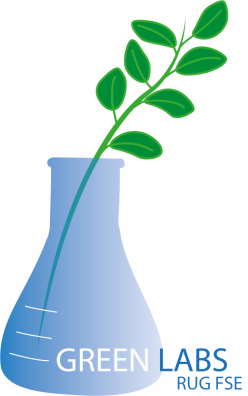A guidebook for sustainability in laboratories

Summary
This guidebook aims to improve lab users’ everyday practices to become more sustainable. Specifically, this guidebook provides practical suggestions on how to effectively use lab instruments and resources and how to acquire data. We provide advice to labs covering disciplines such as biology, chemistry, computational science, engineering, life sciences, materials sciences, medicine, pharmacy, and physics. As every lab is different, alternative measures may be required, advice may be outdated or not applicable, and sometimes laboratories may not be able to comply with the measures of other laboratories.
Safety Precautions, Hazards, and Risk Assessment
Utilizing sustainable laboratory practices is directly connected to safety and health. Closing sashes of fumehoods not only saves up to 67% of energy but is also much safer for the researchers working in the laboratory. Prioritizing benign and sustainable solvents is less harmful to the environment and the researchers themselves. Rightsizing and proper planning of experiments not only avoid unnecessary waste production but also lead to improved working conditions per experiment.
Digital Object Identifier (DOI)
https://doi.org/10.59877/FCXC3888
File (PDF, PPT, image, etc)
File (PDF, PPT, image, etc)
Creative Commons License

This work is licensed under a Creative Commons Attribution-NonCommercial-ShareAlike 4.0 International License.



